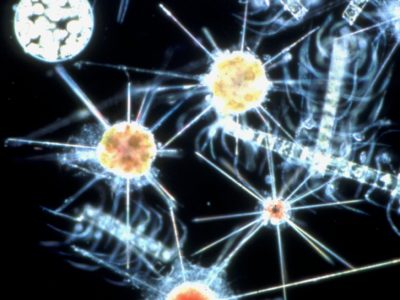
Phytoplankton are the Breadbasket of the Kelp Forest
Phytoplankton are the Breadbasket of the Kelp Forest

Credit: SBC LTER
Decades of research based on carbon stable isotope analyses supported the idea that macroalgal detritus, especially that of kelp, is a major source of food to coastal marine ecosystems, particularly suspension feeders. Comparative and experimental research from SBC LTER has overturned this paradigm, showing that phytoplankton, not kelp, are the main food resource for coastal benthic suspension feeders.
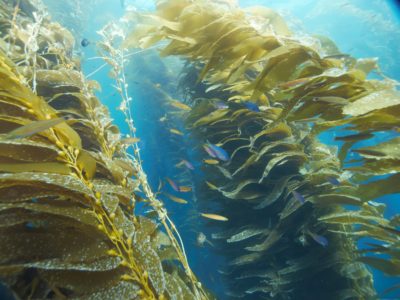
Giant Kelp Shapes an Entire Ecosystem
Giant Kelp Shapes an Entire Ecosystem
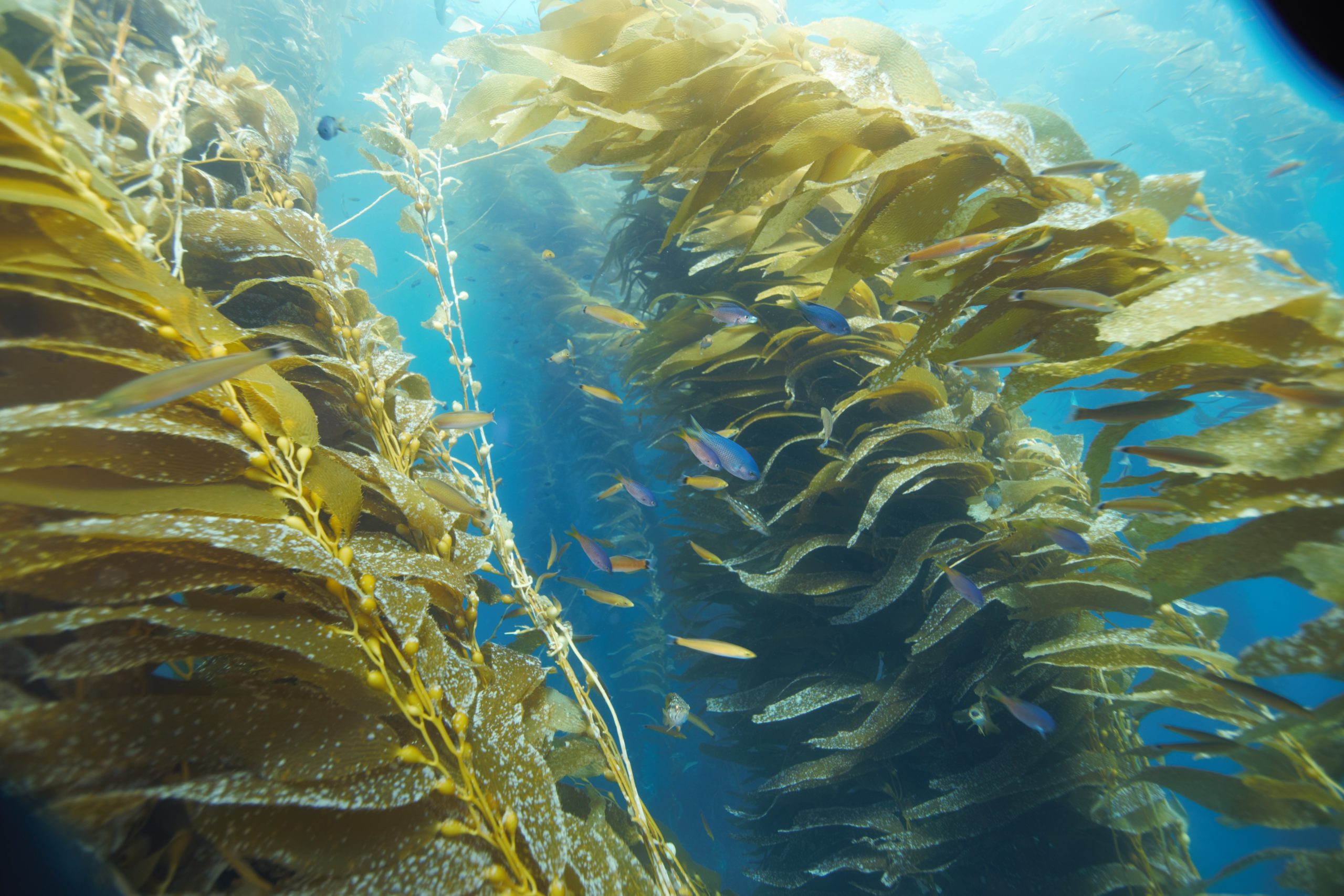
Credit: Brandon Doheny
Results from long term measurements and experiments reveal that climate-driven disturbances that alter giant kelp abundance cascade through the kelp forest community, affecting biodiversity and ecosystem function. These effects are due to kelp’s overwhelming influence on environmental conditions and habitat availability rather than its effects as a food source for fauna.
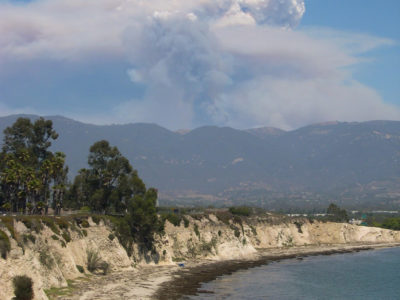
Fires Mobilize Nutrients to the Ocean
Fires Mobilize Nutrients to the Ocean

Credit: SBC LTER/Dan Reed
Fire and land use affect the amount and timing of nutrient organic matter and sediment delivery from watersheds to the ocean. Drought and fire followed by rain causes large fluxes of terrestrial nutrients to the coastal ocean. During storms, runoff plumes containing high concentrations of nutrients remain close to the coast, but are advected offshore and quickly diluted once the storms pass, thereby reducing the contribution of land-derived nutrients to the productivity of coastal ecosystems.
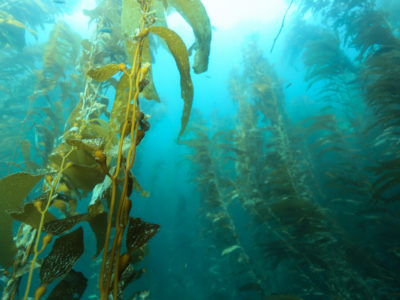
Kelp Forests are Surprisingly Resilient to Unprecedented Warming
Kelp Forests are Surprisingly Resilient to Unprecedented Warming
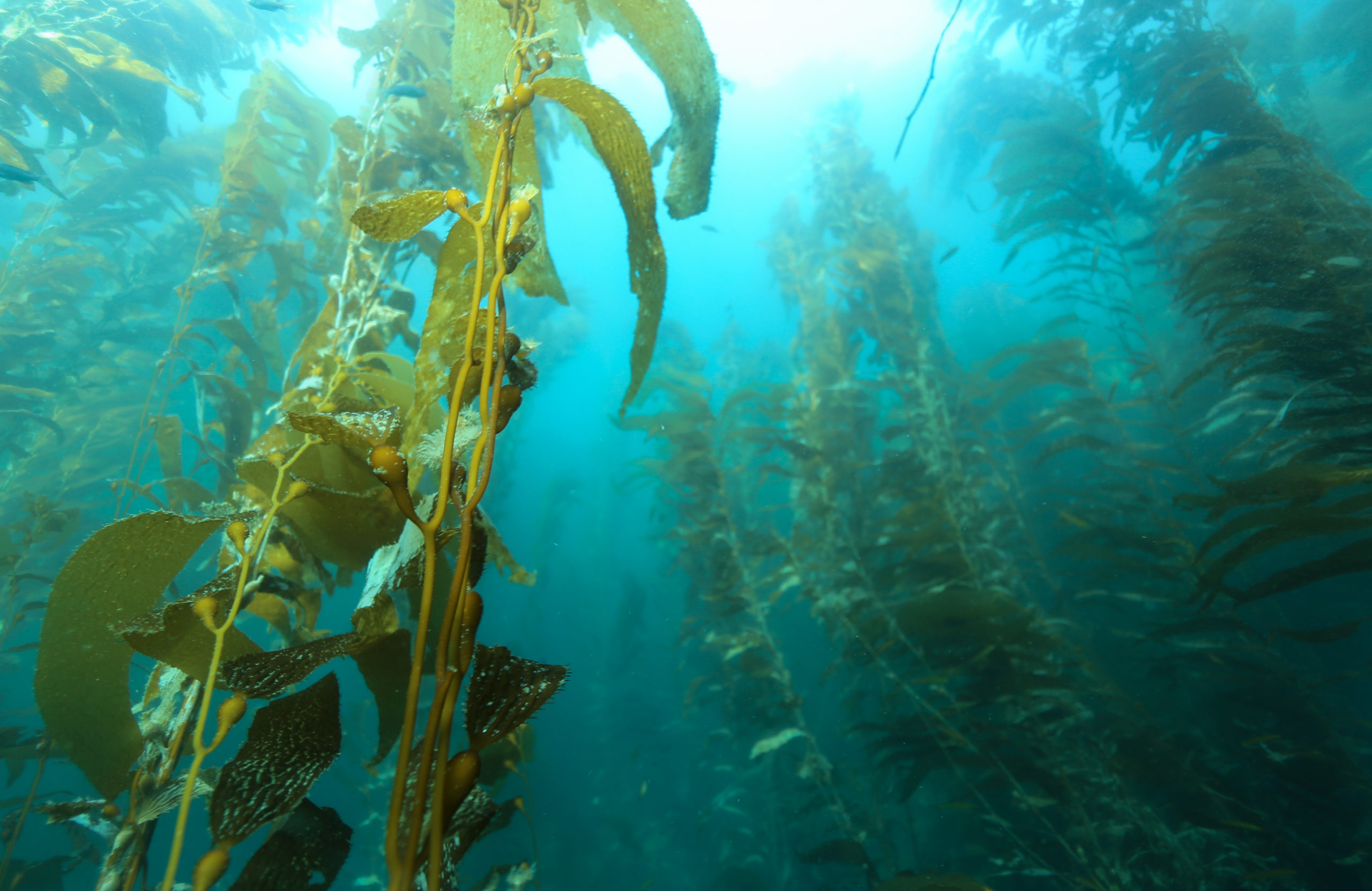
Credit: Sarah Sampson
A marine heat wave of extreme magnitude and duration in 2014-15 allowed SBC LTER researchers to test predictions about the effects of climate change on kelp forests. Although kelp was diminished by the prolonged high temperature and low nitrate conditions, it rebounded quickly, and most other flora and fauna were not greatly affected. Ocean sampling revealed that ammonium and urea persisted during warm periods and experiments showed that kelp can use these recycled nitrogen sources.










